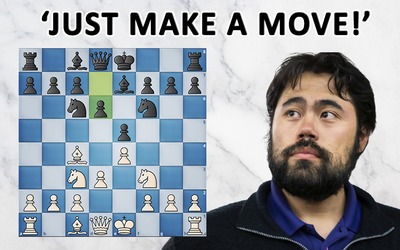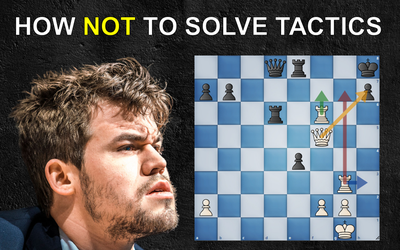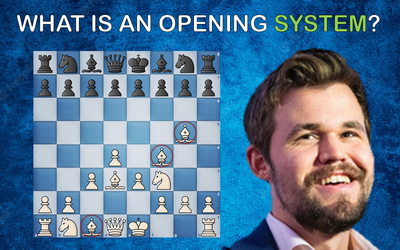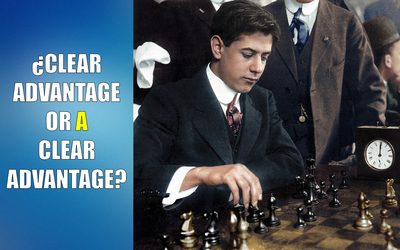
PH: Joe Martínez
Opening Principles and How To Break Them
The typical opening mistakesIn this blog post, I'll be looking at a game of two improving players, to show you some basic rules of opening play and what happens when we break them.
The basic rules of the opening
It is convenient to start by establishing that at this stage of the game, each side has two shared objectives: to develop their pieces and to control the center.
The development of the pieces has a 'default' order in turn:
- Place a pawn in the center
- Move the knights
- Move the bishops*
- Castle*
- Move the queen (to connect the rooks)
- Move rooks (ideally to open files)
* to move the two bishops, it will be necessary to move a second pawn, usually a central one as well
* castling can be done before developing both bishops, depending on the position
In this way, some of the most common errors are also defined:
- getting the queen before the minor pieces [THE OPPONENT GAINS TIME BY ATTACKING IT]
- undervaluing castling by leaving the king in the center for a long time [DANGER OF KING ATTACK]
- moving the same piece or pawn more than once [TIME LOSS]
Game analysis
In this game, both players made moves that go against the basic rules of the opening. We will see what cost this had for each of them, but we will mainly focus our attention on the play of the white pieces, analyzing from their perspective.
1st move against the rules
White plays 5.Bg5, a move that goes against our order of development, since it is usually better to have the second knight developed before moving the second bishop. This move may seem attractive because it pins the knight on f6; many games are quickly defined by tactical shots tied to this common theme. However, we will see that black has ways to avoid problems and continue to develop. Usually, in the Ruy Lopez, the bishop stays a while longer on c1, first allowing the knight to go on d2.
2nd move against the rules
Black overreacts to the knight's pin, and moves his bishop twice, going against the rule of not playing the same piece more than once until development is complete. Moves like d6 or 0-0 seem easier.
3rd move against the rules
Looking at 5.Bg5 and now 8.d4, we notice that White really wants to take the initiative. However, this pawn move is delayed by having played 4.d3 earlier, so White has lost a tempo. While there is a threat to capture on e5, Black solves it excellently with 8...Bd7 (completing the development of his minor pieces).
4th move against the rules
White continues to repeat moves with the same pieces (spending development time) to keep the threat on the central pawns. In part, we can justify this move with the fact that it was no longer clear what the bishop was doing on h4 and is now fighting for the center instead.
5th move against the rules
To avoid trades and keep the game complex, White avoids simplifications on c6. This costs them another development tempo. Time to recount: White has moved his 4 minor pieces and is in a good position to fight for the center, except his king is still there! On the other hand, Black has already managed to castle and would now benefit from having the position opened up.
6th move against the rules
A new offense to the order of development that we anticipated in the introduction: White should have castled short.
7th move against the rules
We are at a critical moment: White must decide how to recapture on d5. Since their development is inferior, they would be better off keeping the central files closed with 16.Qxd5. However, White continued with 16.exd5, allowing Black a strong initiative on the e-file, where he had cunningly placed his rook.
Below you can see the rest of the game; White withstood Black's attack and entered an endgame slightly behind, where they managed to draw.
So far today's blog, thanks to Ana Abarco Fuina and Arturo Binzas Tozalba for sending the game through. I hope this information will help you learn a little more about opening play.
Best!
Juan Cruz
More blog posts by juancruzariasTDF

How To Stop Running Out Of Time
The psychology behind time trouble
Why Solving Tactics Can Hurt Your Calculation
How not to solve tactical puzzles
The Lazy Man's Guide to Openings
The easy way to survive the opening